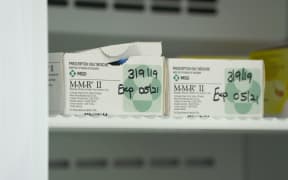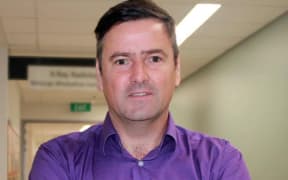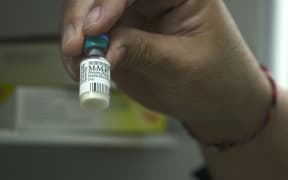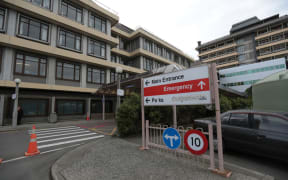Doctors say more needs to be done to improve the treatment provided to often frail older people who fall and break a hip.
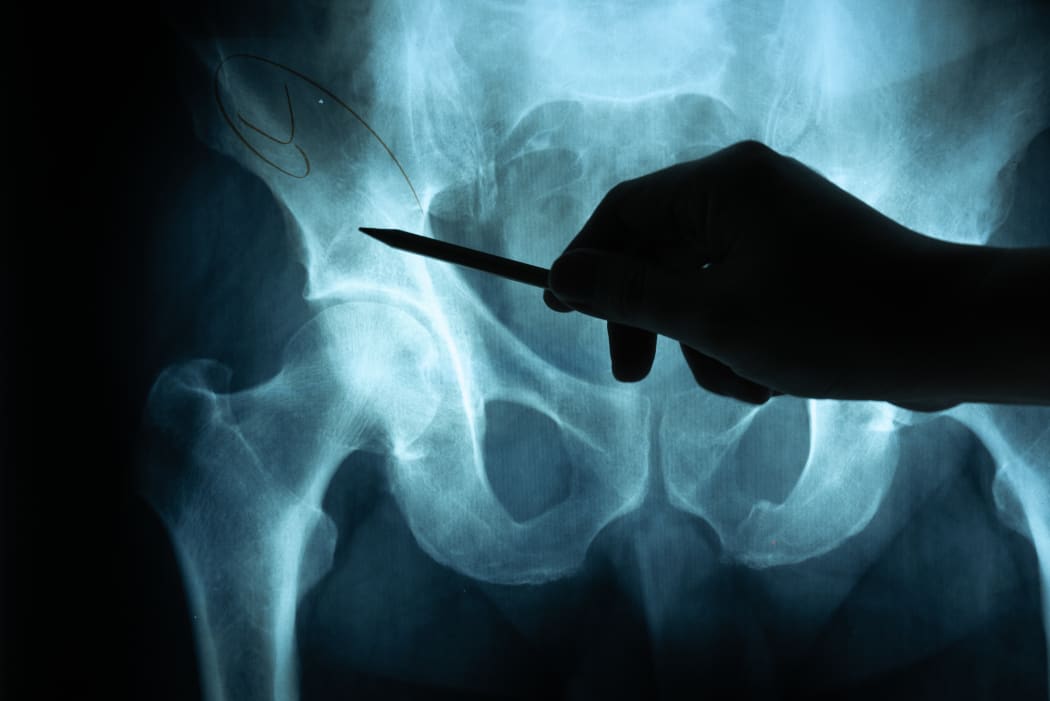
The average hip fracture patient is 82, likely to be a woman and possibly living in residential care, according to geriatrician Roger Harris. Photo: 123RF
Nearly 4000 New Zealanders fracture their hip every year, costing health services $171 million annually.

Anne Moffat. Photo: Supplied
A 90-year-old Warkworth woman, Anne Moffat, said she can remember every detail about what happened to her in March.
"I got up to go to bed and I switched my television off and ... one of my problems has been balance and I forgot that I was unbalanced and I just simply fell down, on to a very hard floor."
She broke her hip. She could tell that her daughter and son-in-law, who lived close, were asleep so she covered herself in a woollen rug, and waited till morning, when she was whisked off to hospital.
Mrs Moffat said she got good care and is back to normal now.
"I'm using a walker most of the time, all the time, and I've still got problems with my balance. I still have to be careful [because] I don't want the other one to go. But at the same time, no, everything seems to be all right."
Mrs Moffat looks like one of the lucky ones.
Geriatrician Roger Harris is clinical lead for the Australia and New Zealand Hip Fracture Registry, which monitors patient care on both sides of the Tasman. The registry has today released its latest report showing significant national improvement in hospital pain management and early rehabilitation for people being treated with a broken hip.
However, it also shows scope for improvement in Aotearoa.
Dr Harris said the average patient was 82, likely to be a woman and possibly living in residential care.
He said for many, recovery from a hip fracture could be life-shortening.
"Mortality usually during hospital stays is about five percent but at one year it's 20 to 30 percent, and if they hadn't had the fracture, 60 percent of those people that die would still be alive. So from a personal point of view it's pretty devastating on their general function. It takes them a long time to come right again," Dr Harris said.
Among improvements in care, 75 percent of patients in New Zealand get a nerve block injection to help with pain following a fracture - up from just half four years ago.
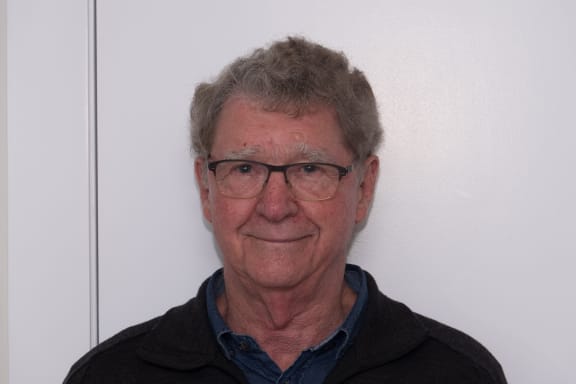
Roger Harris. Photo: RNZ / Karen Brown.
Eighty-two percent of patients were also treated within 48 hours, although Dr Harris said access to busy operating theatres caused delays.
"We are trying to promote that hip fracture should go first because the data shows that if they're seriously delayed they get an increased number of complications in terms of infections, clots, pressure areas, delayed mobility. All of these things add up."
A hip-fracture case requiring three weeks in hospital costed $47,000, Dr Harris said.
He added attitudes toward the elderly were also changing, which was helping.
Hospital staff were realising that it was critical they got to threatre and fixed hip fractures quickly, he said. "There's been a big attitude change to not delaying surgery."
But a shortage of geriatricians - meaning 30 percent of patients saw one before surgery, compared to 64 percent in Australia - may be less easy to solve.
"Tauranga and Hawke's Bay, for example, have struggled to attract geriatricians and you'd think of all places in New Zealand they'd be very attractive, but there's just not enough and we're currently employing overseas-trained geriatricians," Dr Harris said.
He said better data collection by the registry would help all hospitals improve care and reduce such costs.

